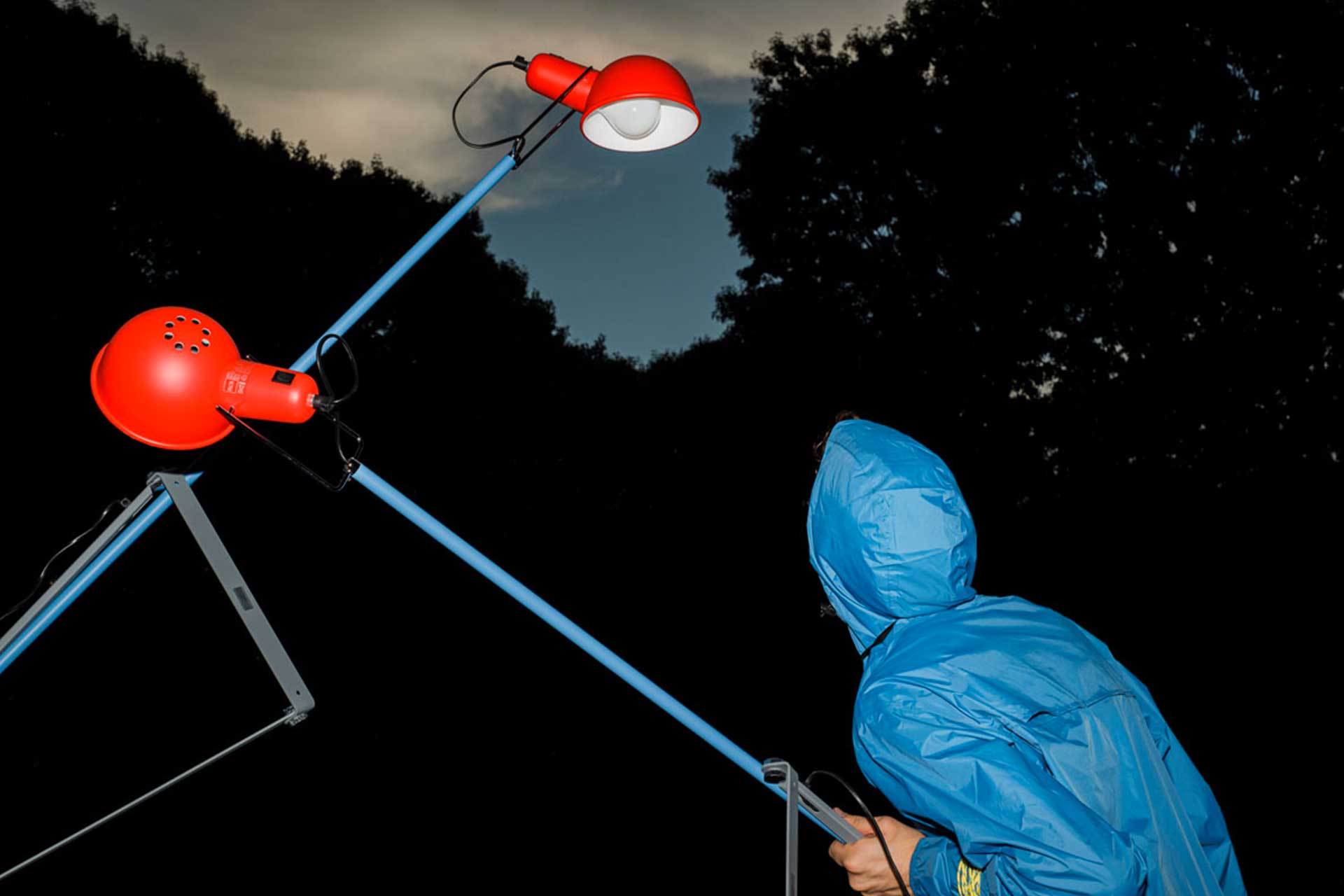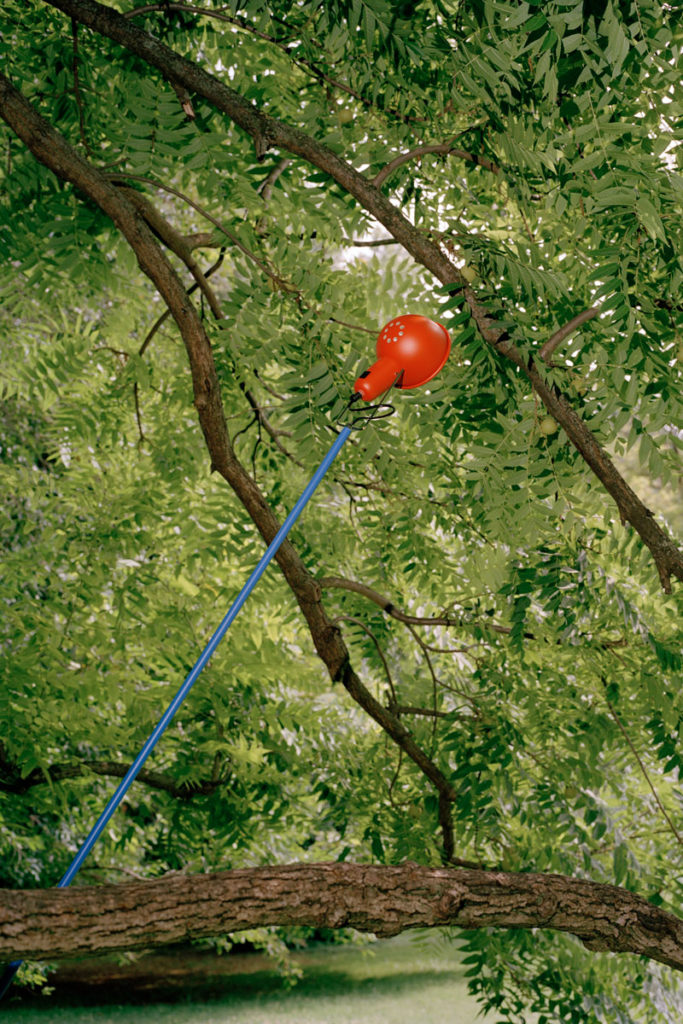The human brain perceives color as reflected light of varying spectral wavelength, associating it with personal and collective emotional responses – a phenomenon known as color-emotion synesthesia
The relationship between color and flowers
Flos – the Latin word for flower – is a symbol that, from bud to bloom, holds meaning. Interpreted via code books, in late nineteenth-century Europe flowers were seen as a tangible representation of emotions, beginning the tradition of giving and receiving floral arrangements. Intimately connected to flower varieties, color is yet another visual system that holds meaning across time and culture. Millions of years of biological and psychological conditioning – the calming blue of safe skies and seas, the exciting red of ripe berries, and the alerting bright colors of poisonous animals and plants – combined with modern traditions have created powerful associations between color stimuli and emotions, known as color-emotion synesthesia. In the twentieth century, this phenomenom was investigated in the Western European and American fields of psychology. Data collected from color-emotion studies supports innate response theory, with a high degree of cross-cultural consensus on semantic terms relating to color, and linguistic metaphors and vocabulary in every language encouraging colors to be described as feeling states. Furthermore, if colors are bright and highly saturated, studies found that they will be reacted to as good and strong, meaning that characteristics of color – such as brightness (value) and saturation (chroma) – are as determinant as hue (spectral wavelength).

Flos company history
Founded by Dino Gavina and Cesare Cassina in 1962, Flos is a cultural lighting company. Hav-
ing worked alongside design masters on furniture produced by a small Eisenkeil manufacturing facility in Merano, Italy, Gavina set his sights on designing lamps – starting with the cocoon resin diffusers of the Taraxacum, Viscontea and Gatto, 1960, by Achille and Pier Giacomo Castiglioni and the Fantasma, 1961, by Tobia Scarpa. In 1963, Sergio Gandini became the managing director of Flos, driving the company’s creative fantasy and relocating production to the industrial district of Brescia in Lombardy, Northern Italy, where designers from Milan could experiment in a labora- tory like environment thanks to the region’s wealth of professional schools, universities and con- sequential manufacturing expertise. Also home to Salone Internazionale del Mobile, which was founded in 1961, the city of Milan influenced both national and international design. Avant-garde Milanese designers, nurtured by small-to-medium businesses, exhibition facilities and specialist design publications, pioneered the bold national mood and preferred colors that came to define the economic, social and political transformation of the Sixties and Seventies in post-war Italy. Domestic objects – seen as accessible expressions of modernity, lifestyle and taste – employed the primary colors, red, blue and yellow, and the secondary colors, green and orange signal: from the work of industrial designers Joe Cesare Colombo and Vico Magistretti to architects Gae Aulenti, Gaetano Pesce and Mario Bellini, bold and direct color vocabularies triumphed.
Parentesi – Achille Castiglioni and Pio Manzù
Adapting a drawing dedicated by the widow of Italian industrial and automotive designer, Pio Manzù, Castiglioni’s design of the Parentesi – named after the parenthesis symbol – describes a black, injection-molded elastomer pendant lamp that moves vertically via a sliding, bracket-shaped steel tube on a four meter ceiling-to-floor steel cable, tensioned by a five kilogram weight that hovers above the floor. Born from Manzù’s original idea, but dramatically transformed in Castiglioni’s final design, Manzù’s son recalls Castiglioni’s decision to share its authorship as «a gesture of great respect toward the value of original thought». Packaged in transparent, vacuum-molded plastic – made with the same technology Manzù used for promotional cases and the display of mechanical parts at trade shows – the lamp was originally produced in black, white, nickel and exciting red – the national racing color of Italy since the
Twenties. Associated with the city of Milan, which excelled in the production of modern trans- port and mechanical parts, from Alfa Romeo to Ferrari, ‘rosso corsa’ – or racing red – became synonymous with Italian race cars: Enzo Ferrari, founder of the eponymous Italian car compa- ny, having once posed ask a child to draw a car, and certainly he will draw it red.

Orange Signal and Turquoise
This year, for the Fiftieth Anniversary of the Parentesi, Flos launches two new colorways: joyful orange signal and eye-catching turquoise. Applying color theory, the warm secondary color and the cool tertiary color – which are opposite one another on the color wheel – form a dynamic relationship of contraries that connect Castiglioni and Manzù in what Flos describes as «an impossible dialogue between two masters of design who never met». Expressing the sense of our time through highly-saturated accents of Sixties and Seventies design, the Parent- esi’s new colorways were chosen by Flos’ design curator, Calvi Brambilla, who carried
out a careful, philological study of its original design. Working with Achille Castiglioni’s daugh- ter, Giovanna, and Pio Manzù’s son, Giacomo Manzoni, these Special Editions are a reflection
of the curious spirit of their inventors – in the words of Castiglioni, «if you are not curious, forget it». While orange signal is an ode to Manzù who, as an automotive designer, used this particular shade on all of his car prototypes, turquoise is an ode to Castiglioni who took a shine to the color on a box of paper clips that he kept on his desk. Giovanna remembers, «he liked it so much that he used it to decorate all the doors in our apartment in the early 1970s». Further- more, color is applied to all elements envisioned in its original design: the tubing, the rose and the base. Since the first production of the Parentesi, the base has been black due to technical difficulties with the coloring of the rubber. Brambilla’s decision to replace the rubber with silicone, allows for a truer realization of Castiglioni’s design. All other elements – including the reintroduc- tion of the naked packaging – remain untouched in a final show of respect for total design.
265 Chromatica – Paolo Rizzatto, 1973
Designed for Arteluce in 1973 and later acquired by Flos’ catalog, Rizzatto’s design of the 265 Chromatica describes a category-defining wall lamp composed of a reflector, an adjustable two-meter-long steel arm and a cast iron tapered counterweight, originally produced in red and neutral colorways, which ultimately prevailed due to their versatile and grounding qualities.
Chromatica – Red, Blue and Yellow
This year – in tandem with the Parentesi’s Fiftieth Anniversary – Flos launches a multicolor edition of the 265 Chromatica, affirming itself as a company that appeals to a creative audience. Applying color theory, the 265 Chromatica employs the triadic primary colors to combine visually static colors that create harmony through separation. These colors were choosen by Paolo Rizzatto as the architect’s original intention for the lamp’s design. It was Rizatto’s own explicit desire that this idea be resurrected and developed alongside Flos’ design curator, Calvi Brambilla. Pairing an exciting red reflector with a calming blue steel arm and a playful yellow tapered coun- terweight, this Special Edition celebrates each individual element and its particular function –
a nod to Memphis design’s use of colors in contrast at the time of the lamp’s inception.
Refusing to rest on its iconic status, Flos continues to design for possible futures – studying, developing and producing lighting products with the radical attitude on which it was founded. Organized into four divisions – Flos Architectural, Flos Decorative, Flos Outdoor, and Flos Be- spoke – specialized research-and-development departments work with best-in-class designers to create the icons of tomorrow. With the turn of the century, Flos began a series of collabora- tions with the most notable contemporary design talents of our time: English product and furni- ture designer Jasper Morrison, French design duo Ronan and Erwan Bouroullec, and many more.
Bellhop Floor – Edward Barber and Jay Osgerby, 2021
Barber and Osgerby’s design of the Bellhop Table, 2017 – conceived for the London Design Museum’s Parabola restaurant and members lounge – describes an opaline, injection-molded, polycarbonate base and dome. The dimmable LED solution with Micro-USB-C battery charging is available in cioko, white, brick red, grey, grey blue and yellow (as well as a white and red limited edition collaboration with Supreme, 2020), reflecting an evolution in consumer attitudes towards color and choice. Taking inspiration from the archetypal hatted hotel-porter, the Bell- hop Floor expands the Bellhop family, inverting the dome to create a sculptural floor lamp with a blown glass reflector, a painted aluminum stem and a concrete base in a soft touch finish.

White, brick red, cioko and green
Produced in white, brick red, cioko and green lacquer, the Bellhop Floor’s eclectic material palette is enhanced by the pairing of complementary colors exciting red and restful green – a color formed by mixing blue and yellow, red’s contrasting primaries – to achieve a sense of visual balance and completion. From the Italian tricolor flag to Jasper Morrison’s Smithfield Ceiling and Suspension lamps for Flos, 2009; red, green and white is a tried and tested combination. Here, Barber and Osgerby have subverted classic color swatches, experimenting with brightness and saturation to create modern colorways that play with expected color characteristics. Having explored product surface color, a further layer of connection emerges. As discovered by Sir Isaac Newton in the seventeenth century, color itself is derived from light – with white light containing the full spectrum of red, orange, yellow, green, blue, indigo and violet. In their illumi nation, iconic Flos products are not merely colorful, but the instruments by which all colors within their reach are experienced – inviting us to question can there be colors in the dark?
Flos
FLOS S.p.A. is an Italian company founded in Merano in 1962.

























